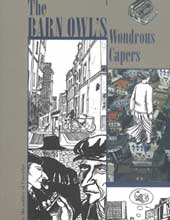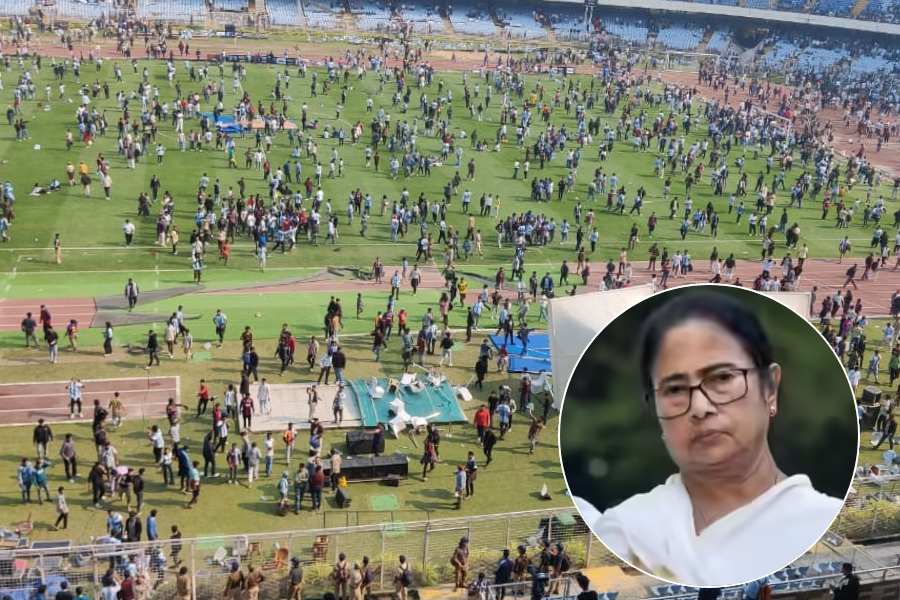Faith on film
 |
The Barn owl’s Wondrous Capers (Penguin, Rs 395) by Sarnath Banerjee has been inspired by the myth of Cartaphallus, the Wandering Jew who has been cursed to roam the corners of the earth till Judgement Day. The plot straddles different time periods, spaces and cultures, examining many lives in the process. Eighteenth-century Calcutta, a bed of scandals and vicious rumours, makes a fleeting appearance, as does Paris in the fifties and modern-day London. The link that binds all this together is bizarre and fascinating at the same time, as are the characters that stare back from the pages — eccentric zamindars, a decadent aristocrat with a love for lady footballers, a psychic cartographer and even a haunted building. Banerjee uses an ingenious mix of graphic illustrations and real photographs and the outcome is quite interesting. Some of the images also make it evident that Banerjee has studied Cartier Bresson’s style closely. The title too is a clever translation of the cult Hutum Pyanchar Noksha. A bristling pace and dozes of quirky humour are some of the other attractions of this promising book. The second book from the country’s foremost graphic novelist is supposedly “an irreverent tale of illicit sex and drunken religio- sity.” A quick glance through the pages would show that it is much more than that.
Baghdad burning (women unlimited, Rs 350) by Riverbend is a work of critical acclaim. The author, a 25-year-old Iraqi woman who is known by the name, Riverbend, provides a day-by-day account of the American siege on Baghdad. The narrative, first written in the form of entries to a blog on the internet, is not a simple rendition of pitched street battles, bombings and raids that were part and parcel of daily life in a city under siege. It is also a moving account of a young woman’s days spent living and surviving a bloody conflict. The book, however, is not only a diary of war. Riverbend also talks about Abu Ghraib, women’s rights and the rise of fundamentalism in the backdrop of a shattered land. She refuses to be overwhelmed by the tumultuous events though. In the end, what this courageous author manages to weave is a witty if hard-hitting account of a country that is undergoing the pangs of a difficult birth.
Mayo Clinic on prostate Health (Orient, Rs 250) offers insights into “understanding, treating and living with prostate disease”. Apart from a discussion of symptoms and risk factors, the book also refers to latest surgical techniques and carries tips on healthy living. A useful book, considering most aged men are likely to suffer from this dreaded condition at some point in their lives.
 |
filming the gods: Religion and Indian cinema (Routledge, Rs 350) by Rachel Dwyer addresses the various forms of devotion that are an integral part of Indian cinema, one of the most popular forms of expression in the country. Dwyer seems to suggest that religion cannot be relegated to the domain of tradition in this part of the world. On the contrary, it occupies a commanding position in modern India, as is evident from the genre of mainstream cinema, which has kept up the time-honoured tradition of documenting religious practices, beliefs and communities. The relationship between religion and cinema is complex. While religious underpinnings helped popularize films, the latter also played a part in strengthening perceptions regarding different faiths. Dwyer’s research is exhaustive and the book is an important guide to understand the history of “religious cinema” in India.










